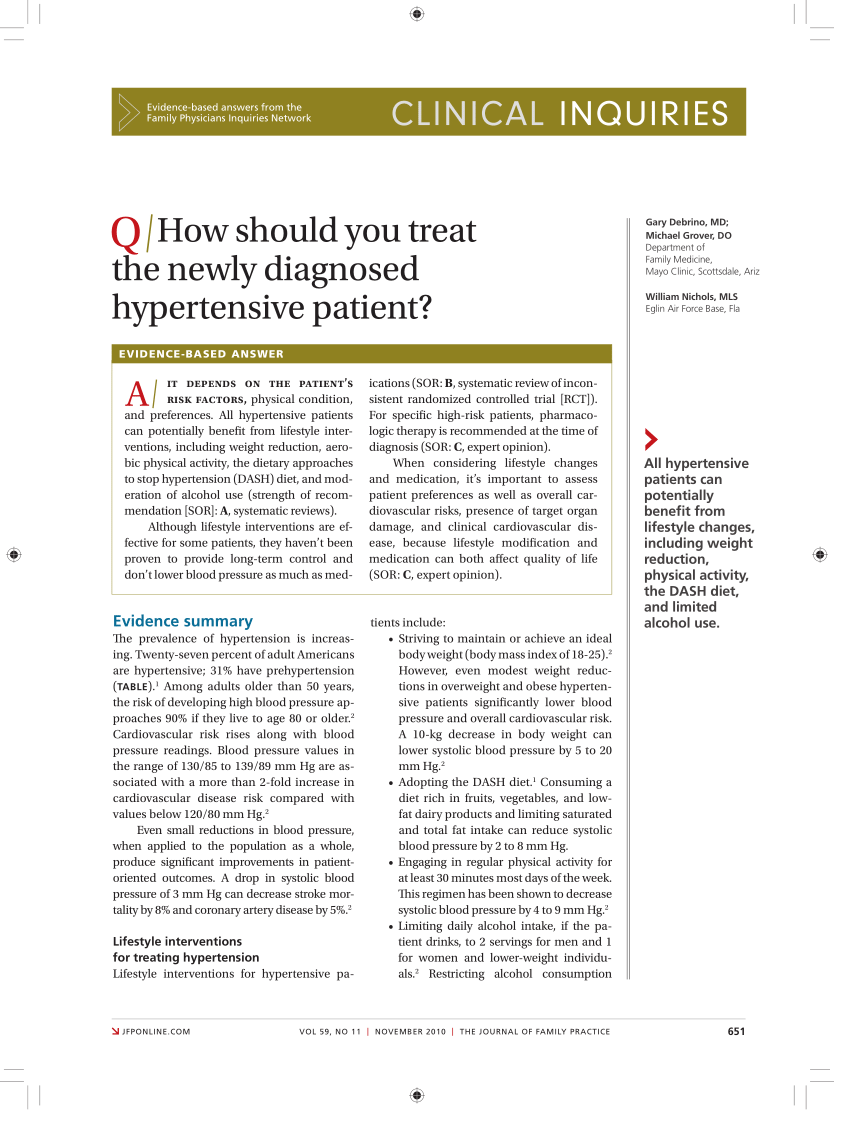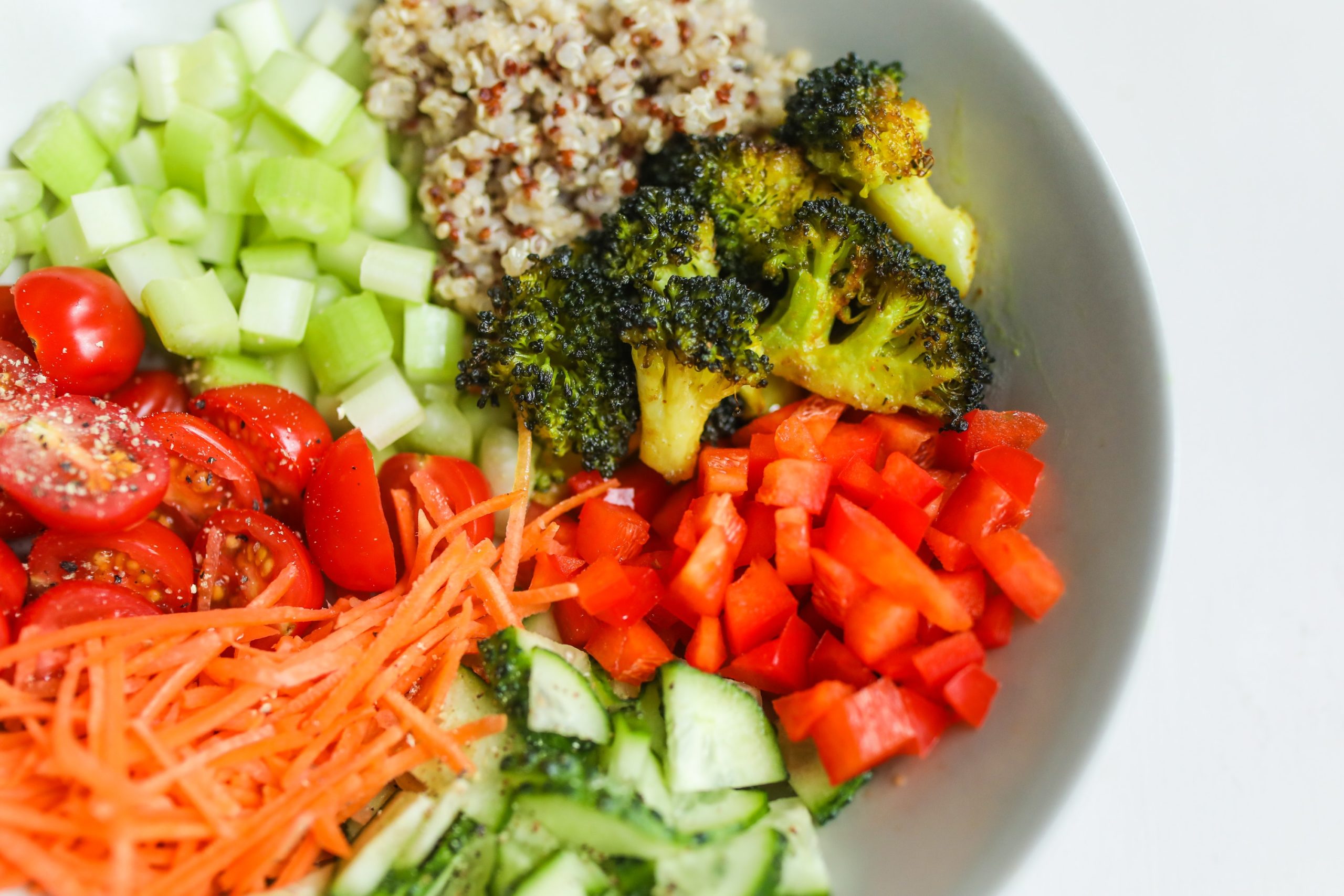
Preschoolers are young, and still need to learn how to work with their parents. It is your responsibility as a parent to ensure they receive a healthy, balanced diet that will allow them to develop and grow. To keep them active and healthy, they should also be physically active. They should be encouraged to try a variety of foods and guided in healthy eating habits. There are many ways you can help your child eat healthy.
First, have fun. Set a schedule for family meals. Discuss what you will be serving your children and make a decision about what to share with them. Never give a toddler their own meal. Let them choose from the many healthy options you have. You can't argue with a young child if they don't like something, but don't force them to eat if they are not eating.

Next, give your preschoolers a variety. Many preschoolers are picky, but creative ideas can make healthy foods appealing. One example is to toast whole wheat bread, English muffins or make a bagel that looks like an Owl. Your child can choose whether to add cream cheese or nut butter. For feathers or wings, make bananas with a round cutter and oats cereal. This can be a fun way to introduce fruits and vegetables.
Last but not least, make sure you eat healthy food. Preschoolers will look up at their parents and follow them in what they eat. Choose a variety of healthy foods, but limit saturated fat, sodium, and added sugars. You will need adjustments to accommodate your child's weight, height, and level of activity. A balanced diet will not only provide nutrition for your child but also will help you reach milestones.
Consider cooking and serving food yourself to help your child understand the basics of cooking. Preschoolers will love learning about new foods by getting to use the kitchen. It's a great way to teach your preschoolers about different textures and the smells they can expect. Participation in cooking can be a way for children to describe the taste and smell of food. Children will feel more involved in cooking and eating if they are involved in the process.

A good way to encourage healthy eating is to include roasted veggies in the diet. Roasting vegetables can be enhanced with lemon juice or fresh herbs. Broccoli can also be used in stir-fries and pizzas. You can make vegetable faces for younger children by using grated carrot, cherry tomatoes, and capsicum strips as the eyes. Your child will be more excited about eating and enjoy it if you make it interesting.
FAQ
How can you tell what is good?
You must listen to your body. Your body will tell you how much exercise, nutrition, and sleep you need. You need to be aware of your body and not overdo it. You must listen to your body to ensure you are healthy.
What are the 10 most delicious foods?
These are the 10 best foods to try:
-
Avocados
-
Berries
-
Broccoli
-
Cauliflower
-
Eggs
-
Fish
-
Grains
-
Nuts
-
Oats
-
Salmon
What is the difference between calories and kilocalories in food?
Calories measure the energy content of food. Calories are the unit of measurement. One calorie is equal to one degree Celsius in energy.
Kilocalories are another term for calories. Kilocalories are measured in thousandths of a calorie. 1000 calories are equal to one kilocalorie.
What is the difference between a virus and a bacterium?
A virus is a microscopic organism that cannot reproduce outside its host cell. A bacterium is a single-celled organism that reproduces by splitting itself in two. Viruses can be as small as 20 nanometers, while bacteria can grow up to 1 micron.
Viruses are often spread through contact of infected bodily fluids like saliva, urine or semen. Bacteria are often spread via direct contact with contaminated surfaces or objects.
Viruses may enter the body through cuts, scrapes. bites, or any other break in the skin. They may also get into the body through the nose and mouth, eyes, ears or rectum.
Bacteria can enter our bodies through wounds, cuts, scrapes, burns, insect stings, or other breaks in our skin. They may also be introduced into our bodies through food and water as well as soil, dirt, dust, and animals.
Both bacteria and viruses can cause illness. But viruses can't multiply within their hosts. They infect only living cells, causing illness.
Bacteria can multiply within their hosts and cause illness. They can invade other areas of the body. To kill them, we must use antibiotics.
What is the difference between sugar and fat?
Fat can be a source of energy that is obtained from food. Sugar is a sweet substance that can be found naturally in fruits or vegetables. Both fats and sugars provide the same number of calories. Fats have twice the calories of sugars, however.
Fats can be stored in the body, which can lead to obesity. They can lead to cholesterol buildup in the arteries, which could cause heart attacks or strokes.
Sugars are quickly absorbed by the body and provide instant energy. This causes blood glucose levels rise. High blood glucose levels are dangerous as it can increase the likelihood of developing type 2 diabetes.
Is it possible to have a weak immune system due to being cold?
Cold makes you weaker because you have less white blood cells to fight infection. You will feel less pain if you are cold.
What is the problem with BMI?
BMI is the acronym for Body Mass Index. It measures body fat based upon height and weight. BMI is calculated using the following formula:
Weight in kilograms divided by height in meters squared.
The result is expressed as a number from 0 to 25. Scores between 0 and 25 indicate obesity. A score of 18.5 indicates overweight. A score of 23 indicates obesity.
A person who is 100 kg in weight and 1.75m in height will have a 22 BMI.
Statistics
- The Dietary Guidelines for Americans recommend keeping added sugar intake below 10% of your daily calorie intake, while the World Health Organization recommends slashing added sugars to 5% or less of your daily calories for optimal health (59Trusted (healthline.com)
- WHO recommends reducing saturated fats to less than 10% of total energy intake; reducing trans-fats to less than 1% of total energy intake; and replacing both saturated fats and trans-fats to unsaturated fats. (who.int)
- WHO recommends consuming less than 5% of total energy intake for additional health benefits. (who.int)
- According to the 2020 Dietary Guidelines for Americans, a balanced diet high in fruits and vegetables, lean protein, low-fat dairy and whole grains is needed for optimal energy. (mayoclinichealthsystem.org)
External Links
How To
27 Steps for a healthy lifestyle even if your family buys junk food
The most common way to eat healthy is to cook at home. But, it can be hard to make healthy meals because many people don't know how. This article will provide some helpful tips for making healthier dining out choices.
-
Choose restaurants that offer healthy options.
-
Before you order any meat dishes, make sure to order salads or vegetables.
-
Ask for sauces with no added sugar.
-
Avoid fried foods.
-
Choose grilled meats over fried.
-
Do not order dessert unless you really need it.
-
Be sure to have something other than dinner.
-
Take your time and chew slowly.
-
When you eat, drink plenty of fluids.
-
You should not skip breakfast or lunch.
-
Take fruit and vegetables along with every meal.
-
Drink milk rather than soda.
-
Try to avoid sugary drinks.
-
Reduce the salt content of your diet.
-
Try to limit the number of times you go to fast food restaurants.
-
If temptation is too strong for you, invite someone to be your friend.
-
Do not let your kids watch too much TV.
-
Turn off the television during meals.
-
Avoid energy drinks
-
Take regular breaks from the office.
-
Get up earlier in the morning to exercise.
-
Every day, exercise.
-
Start small and progress slowly.
-
Set realistic goals.
-
Be patient.
-
Even if you don’t feel like it, find the time to exercise.
-
Use positive thinking.